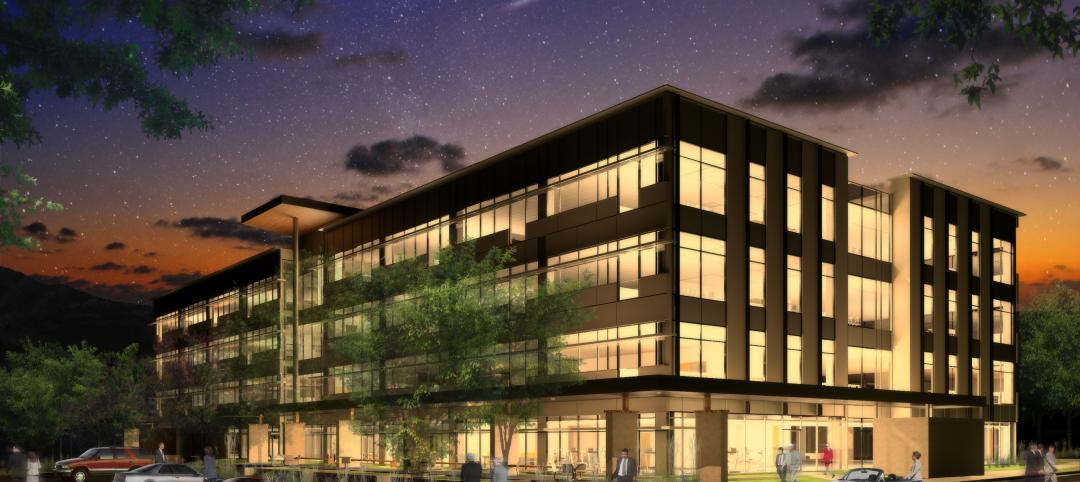The Miami metro region faces crises due to rising sea levels that threaten to make the area uninhabitable.
While the danger of flooding has been widely documented, the threat to the region’s drinking water supply has been less chronicled. In fact, salt water incursion into the region’s aquifer could be what threatens Miami’s viability for human habitation before the doomsday scenario of inundation of the land by the sea.
The Biscayne Aquifer, 4,000 square miles of shallow, porous limestone, has provided the region with an abundant source of fresh water that is inexpensive to access. The aquifer’s characteristics that make it easily accessible also make it vulnerable to fouling by saltwater and pollution.
How long southeast Florida can keep its water safe may be the key determinant for the long term. “If Miami-Dade can’t protect its water supply, whether it can handle the other manifestations of climate change won’t matter,” observes a recent Bloomberg article.
“Projecting the pace of saltwater intrusion is fantastically complicated,” the article says. One factor that might help slow saltwater aquifer incursion, a massive, still-unfunded pledge to restore the Everglades by the state and federal government, is yet to be implemented.
Related Stories
| Jan 23, 2014
Low-slope roofs with PVs tested for wind uplift resistance
Tests showed winds can cause photovoltaic panels to destroy waterproof membranes.
| Jan 16, 2014
Bio-based materials could transform the future of sustainable building
Recent winners of the Cradle to Cradle Product Innovation Challenge include a brick made from bacterial byproducts and insulation created from agricultural waste products.
| Jan 16, 2014
The incandescent light bulb is not dead
Despite misleading media reports, January 1 did not mark a ban on the manufacture or import of 60-watt and 40-watt incandescent bulbs.
| Jan 16, 2014
ASHRAE revised climatic data for building design standards
ASHRAE Standard 169, Climatic Data for Building Design Standards, now includes climatic data for 5,564 locations throughout the world.
| Jan 15, 2014
ConsensusDocs releases updated subcontract for federal work
The new version addresses recent changes in federal contracting.
| Jan 15, 2014
First quarter 2014 LEED rating system addenda now available
There are 71 new LEED Interpretations, including 65 for Homes and Multifamily Midrise.
| Jan 10, 2014
What the states should do to prevent more school shootings
To tell the truth, I didn’t want to write about the terrible events of December 14, 2012, when 20 children and six adults were gunned down at Sandy Hook Elementary School in Newtown, Conn. I figured other media would provide ample coverage, and anything we did would look cheap or inappropriate. But two things turned me around.
| Jan 8, 2014
Strengthened sprinkler rules could aid push for mid-rise wood structures in Canada
Strengthened sprinkler regulations proposed for the 2015 National Building Code of Canada (NBCC) could help a movement to allow midrise wood structures.
| Jan 8, 2014
New materials should help boost sustainability in cities by 2020
Newer developments include windows made with nano-crystals that control intense heat penetration while lighting living areas from the outside.
| Jan 8, 2014
Architect sentenced to a year in jail for firefighter's death
Architect Gerhard Becker was sentenced to a year in LA county jail after pleading no contest to the manslaughter of a firefighter who died while trying to contain a fire in a home the architect had designed for himself.
















